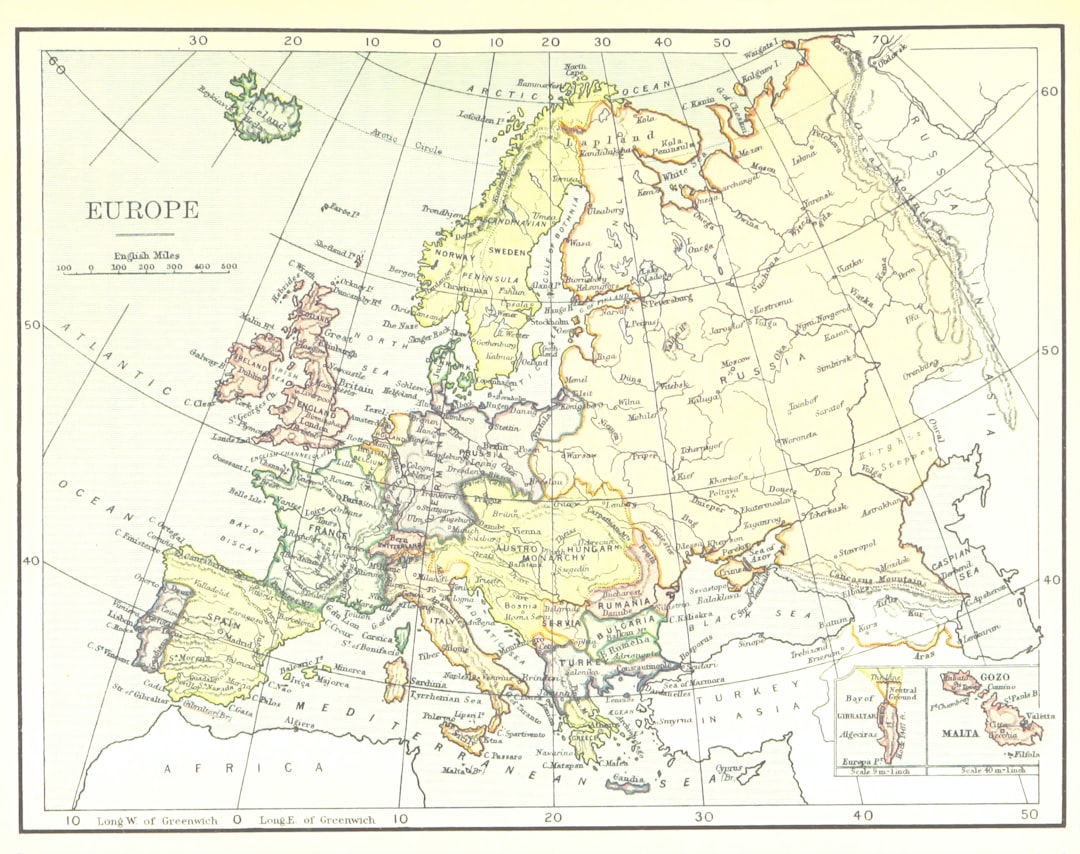
Unlocking Efficient Engagement Through Optimized Map Protocols
In the realm of health and wellness, understanding how to effectively engage and optimize various protocols can significantly enhance outcomes for individuals and communities alike. This guide delves into the concept of Unlocking Efficient Engagement through Optimized Map Protocols, which focuses on creating systematic approaches that promote health and wellness initiatives.
What Are Optimized Map Protocols?
Optimized Map Protocols refer to structured methods that analyze and implement health strategies effectively. These protocols utilize mapping techniques to visualize health data, identify trends, and engage communities in meaningful health practices. The goal is to enhance health literacy, improve access to care, and foster community involvement.
The Importance of Efficient Engagement
Efficient engagement is crucial for maximizing the reach and impact of health initiatives. When individuals understand their health needs and the resources available, they are more likely to participate in wellness programs, make informed decisions about their health, and lead healthier lives.
Latest Research Findings
Recent studies have highlighted the effectiveness of using mapping tools in public health. For example, research has shown that geographic information systems (GIS) can unveil correlations between socio-economic factors and health outcomes. This data-driven approach allows health practitioners to identify high-risk areas, tailor interventions, and allocate resources more effectively.
Best Practices for Implementing Optimized Map Protocols
-
Data Collection: Begin with comprehensive data collection to identify health trends. Utilize surveys, health records, and community feedback to gather relevant information.
-
Mapping Tools: Employ mapping software to visualize health data. Tools like ArcGIS or QGIS can help illustrate patterns and disparities in health access and outcomes.
-
Community Involvement: Engage with the community to ensure that the protocols address real needs. Collaborate with local organizations and stakeholders to build trust and encourage participation.
-
Education and Training: Provide training sessions to educate community members about the importance of health data and how to interpret maps effectively. This fosters a sense of ownership and responsibility toward health outcomes.
-
Feedback Mechanisms: Establish channels for continual feedback. Regularly assess the effectiveness of protocols and adapt them based on community input and emerging health trends.
Actionable Strategies for Daily Life
Implementing the principles of Optimized Map Protocols can be straightforward. Here are some practical strategies:
-
Stay Informed: Keep abreast of local health initiatives and available resources by subscribing to community health newsletters or following relevant social media channels.
-
Engage in Health Mapping: Consider using apps that allow you to track personal health metrics (like exercise, nutrition, or mental well-being) and visualize your progress over time.
-
Participate in Community Health Events: Attend workshops or seminars that focus on health literacy and wellness practices. This not only enhances your knowledge but also connects you with like-minded individuals.
-
Advocate for Health Resources: Use your voice to advocate for more healthcare resources in your community. Engage with local policymakers to highlight areas where enhanced services are needed.
Addressing Common Misconceptions
Many people may believe that health mapping is only for professionals. However, anyone can engage with these tools and techniques. The key is to remember that understanding your health data empowers you and encourages healthier lifestyle choices.
Another misconception is that health initiatives are one-size-fits-all. In reality, effective engagement requires a tailored approach that considers individual and community-specific factors.
Encouragement for Your Wellness Journey
Embarking on a wellness journey can feel daunting, but remember that small, consistent changes lead to significant results. Utilize the resources available to you, and don’t hesitate to seek support from community programs or health professionals.
Further Reading and Resources
- Centers for Disease Control and Prevention (CDC) – Community Health Mapping
- National Institutes of Health (NIH) – Health Literacy
- World Health Organization (WHO) – Health Promotion
By incorporating Optimized Map Protocols into your health practices, you can enhance your engagement with health initiatives and contribute to a healthier community. Share your experiences and insights, and encourage others to join you on this journey toward better health and wellness.


